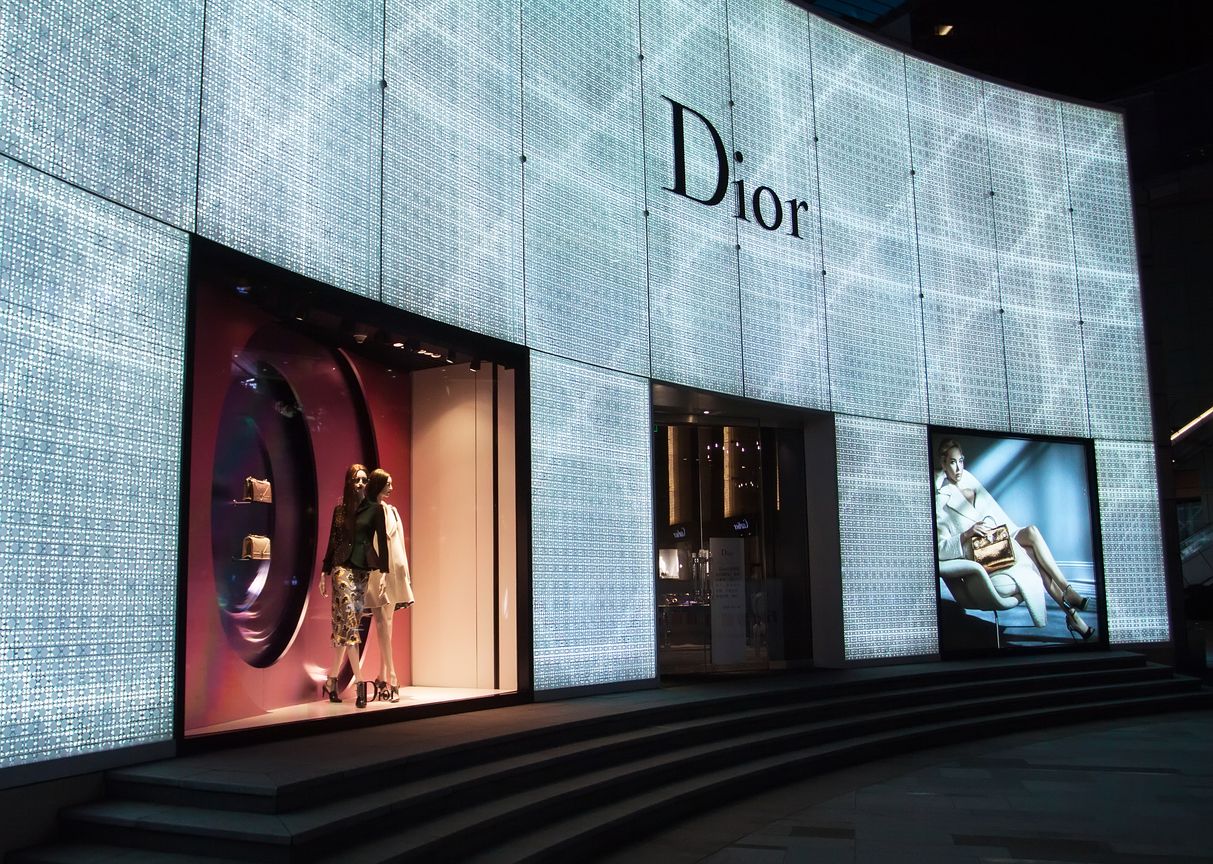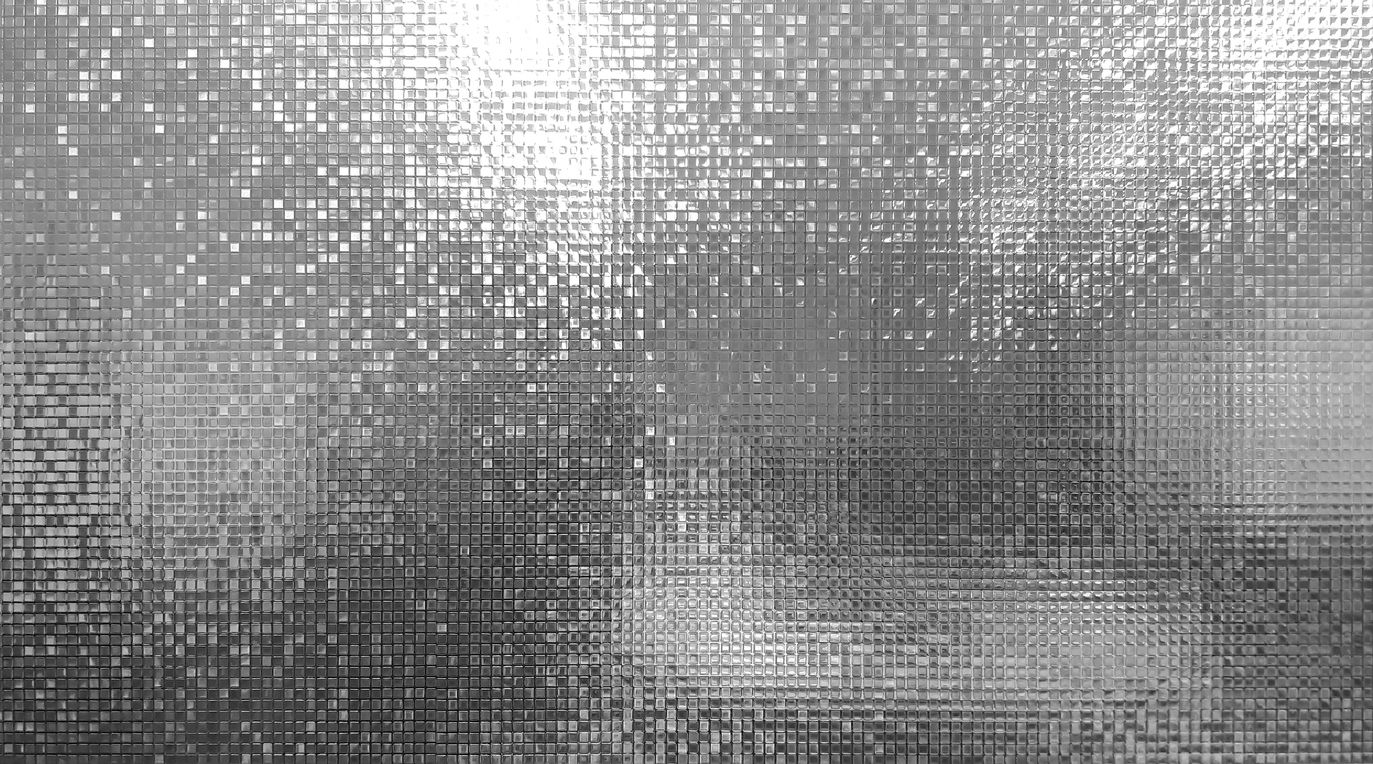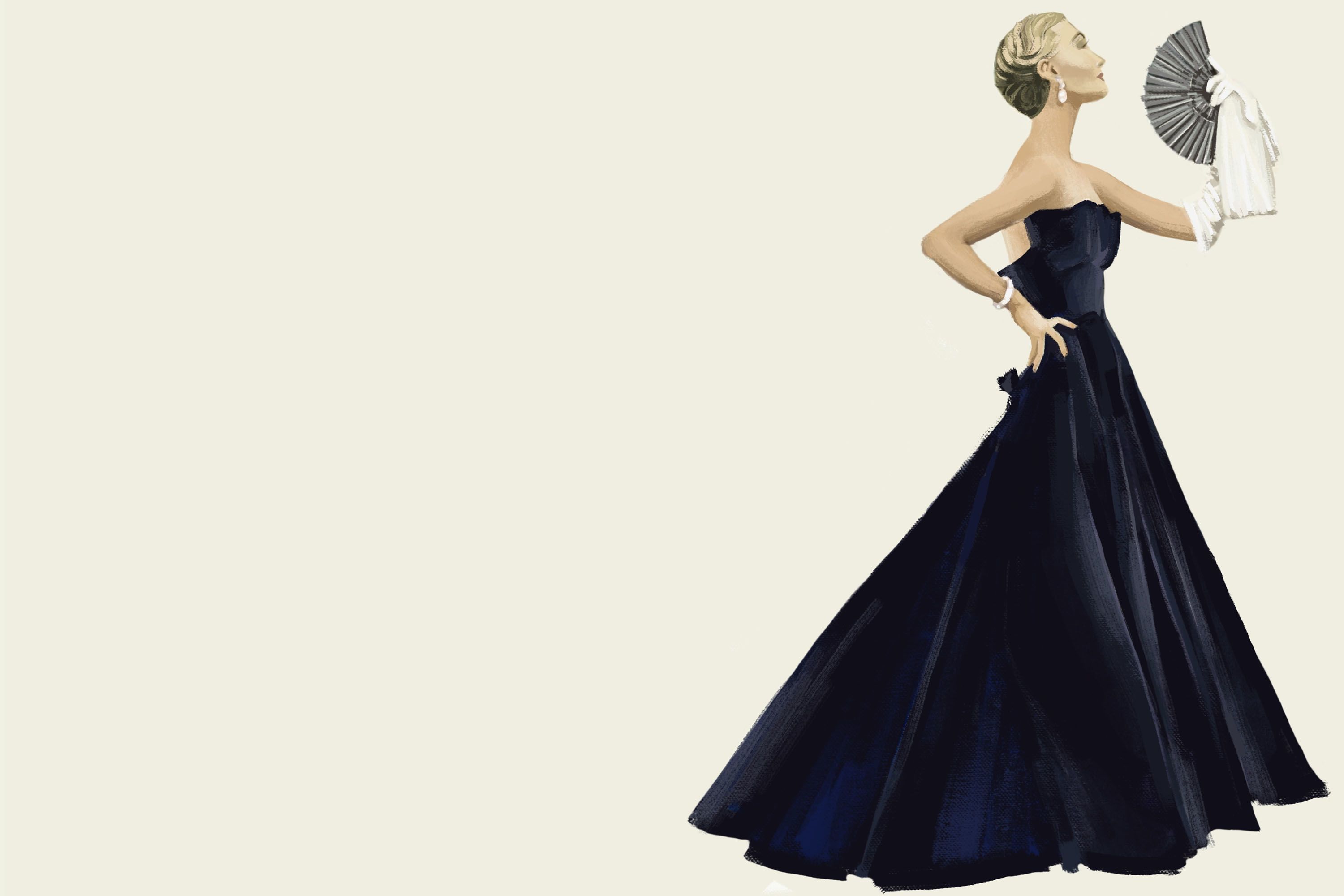Fashion icons and IP:
Examining Christian Dior's impact on the IP landscape

Intellectual property is all about innovation and progress. And does it get more innovative than a designer who created the ‘New Look’ and moved fashion forwards into a new decade, not just in Paris but internationally?
1947 marked a revolutionary moment in fashion history, where the androgynous, tailored looks of the wartime years were replaced with a new ultra-feminine silhouette featuring a nipped waist, sloping shoulders, and full, swirling skirt.
Because of this, everyone is familiar with Christian Dior, the Couturier; but less is known about Christian Dior, the Businessman. This article seeks to explore the ways in which Dior (both the man and the company) understood the commercial aspects of owning, managing and operating a fashion house, including the importance of IP, and paved the way for the generations of designers that followed.

Early Years and the CHRISTIAN DIOR Trade Marks

The House of Dior officially opened in December 1946, placing Christian Dior front and centre of the post-war effort to revive the fashion industry in Paris.
With his first collection in Spring 1947, Dior didn’t just put himself on the map, but re-established Paris as the haute couture capital of the world and introduced what has later been referred to by the V&A as ‘The Golden Age of Couture’.
However, alongside the artistic creations taking place inside 30 Avenue Montaigne, work was also underway to protect the Christian Dior name in France and beyond. From 1947, Christian Dior filed trade marks in numerous countries for the sign CHRISTIAN DIOR covering goods from clothing, leather products and jewellery, to homeware, cosmetics and perfumery.
Therefore, even at this early stage in his business, Dior’s appreciation of the importance of IP rights is evident, as was his intention to take the House beyond haute couture and into other commercial fields (something that, whilst wholly familiar today, was fairly ground-breaking at the time).
Christian Dior’s almost overnight jump from relative obscurity to international fame also would have required a very proactive trade mark protection strategy, and this is perhaps visible in the quick succession of trade mark filings across the years 1947 and 1948.
Aside from these trade mark filings, it’s notable that Christian Dior was designing at a time when IP protection for the fashion industry was less developed, even in France, and so couturiers had to utilise what was available.
Véronique Pouillard, a Professor at the University of Oslo specialising in business and economic history (with a focus on topics including IP), suggests that this resulted from fashion’s awkward straddling of both art and functional product – a tension that IP law still grapples with today.
Pouillard’s research also reveals the backdrop against which Dior was working during the 1940s and 50s. Paris couturiers were increasingly concerned with IP, and the Paris haute couture employers’ syndicate, the Chambre Syndicale de la Couture Parisienne, was active in lobbying for improved protection for the fashion industry (Pouillard 2015).
To begin with, the emphasis was largely on protection for the designs, but from the late 40s there was greater interest in brand (trade mark) protection (Pouillard 2013).

Going Global

As demonstrated by the territories of his earliest trade marks, Christian Dior was not content with making a name for himself in France alone (although, it seems likely that his international strategy was also partially driven by pragmatism – Paris was still struggling in the aftermath of the Second World War, and wealthy buyers were more readily found in other countries, particularly the United States).
Even before the launch of his first collection, Dior was extensively researching the US market and sent Yvonne Minassian, his head saleswoman, to New York to build a network of clients that would be personally invited to Christian Dior’s shows in Paris. Such invites were greatly sought after – buyers from large American department stores paid a premium for this access through a substantial down payment on their future purchases.
Then, in 1948, a trade problem presented Christian Dior with an opportunity. Hefty US customs duties were making it difficult for Paris couturiers to profit from their American clients, and Dior made the decision to take his business stateside and opened a second store on Fifth Avenue (making him one of the first French designers to do so).
The New York venture marked the beginning of a wave of international expansion for the Dior brand, and was followed by stores in Havana, Cuba in 1950, and Caracas, Venezuela in 1953.
The growth of the Dior business mirrored the international spread of his reputation. In Dior’s own words: “the whole world was marching in my direction, following the vanguard of the critics”.
Christian Dior was thus one of the first truly international fashion brands and, by the time of his death in 1957, the House of Dior accounted for 75% of Paris’ fashion exports and had in just a decade grown to include boutiques in 24 countries as well as over 1000 employees.
This global reach would have presented Dior with a new range of IP considerations from trade mark protection through to enforcement, in much the same way as it does for brands today (though luckily for him, Dior wasn’t also having to contend with the Internet, e-commerce, and social media).

Copying

The international prominence of Christian Dior was a gift and curse, since it increased both the accessibility and the desirability of his designs.
Perhaps the defining IP dilemma that Parisian couturiers faced in the early-to-mid 20th century was illicit copying, particularly in the US. It had become so commonplace for New York-based manufacturers to produce high-volume, low-cost copies of Parisian designs that, in August 1958, an article in the New York Times observed that Americans were able to buy copies of dresses shown in Paris at a fraction of the price within a matter of weeks.
Therefore, Christian Dior was constantly having to develop new strategies to protect his designs, something made more difficult by the fact that there were numerous methods of copying in action at the time.
One such method involved taking sketches of the designs at shows or from press releases, from which copycat garments could be made in the US quickly and without the manufacturers ever having visited Paris.
To deal with these issues, Dior made buyers enter into a contract agreeing not to reproduce the designs, and French journalists were required to sign a special guarantee in front of the Chambre Syndicale before being admitted to the shows. The House of Dior also hired three or four people at each of the shows to detect any attempts at sketching the designs.
However, so entrenched was the practice of copying-by-sketching that, in 1955, Christian Dior (together with three other French fashion houses) sued an American entrepreneur called Frederick L. Milton for fashion piracy in the State of New York Supreme Court.
Milton had been running such a sketching business since 1940, and sold sketches of Paris haute couture to New York garment manufacturers. The lawsuit was complicated (not least because of the international aspect and the available laws at the time) but the case nevertheless resulted in a favourable ruling for the couturiers, with Justice Greenberg harshly criticising the sketchers’ “unconscionable business practices and their invasion of the moral standards even of the marketplace”.
Another copying method involved what Dior termed “model renters”. An individual would buy, via intermediaries, a number of designs from Parisian couturiers. On returning to New York, they would organise an invitation-only show of the garments. As part of the entrance fee, attendees were able to borrow one of the garments for a few days – during which time they were able to copy the design. One of the key figures involved in this type of copying was picked up in 1948 and fined several million francs by the Chambre Syndicale.
In response to these activities, Dior and others took up the practice of secretly marking garments with indelible ink in order to identify the source of products that ended up in the hands of the “model renters”, with a view to gradually closing down the network of involved parties. Writing before his death, Dior said that “no dress now leaves my house without possessing this distinctive mark”.
It’s clear from his memoirs that the issue of copying plagued Dior, and his attitude is in stark contrast to that of designers such as Gabrielle ‘Coco’ Chanel (who took the view that copied designs were a mark of her success). Dior therefore led the way in the early fight against counterfeiting, which is today calculated as being a $500bil+ problem, with luxury goods brands spending millions annually on protective measures and legal action.

Brand Expansion and Licensing

As noted above, Christian Dior’s trade mark portfolio has never been limited to clothing and has encompassed a variety of other goods from the outset.
Following in the footsteps of designers such as Chanel, the first of these was perfume (Miss Dior was launched in 1947, almost immediately after the House’s creation).
However, Christian Dior went further than this and, in his own words, sought to enable a woman to leave his store “dressed by it from head to foot, even carrying a present for her husband”. In addition to the haute couture line, Dior opened a boutique below 30 Avenue Montaigne at the same time as the launch of his first collection. To begin with, the boutique offered only a few additional items (jewellery, scarves), but it soon comprised ready-to-wear clothing and footwear, gloves, hats, stockings and ties.
This product diversification was achieved by a number of brand licencing agreements, previously uncommon in the fashion industry. Together with his business partner, Jacques Rouet, the House of Dior had established lucrative deals relating to the use of the Dior name on furs, stockings and perfumes as early as 1948.
As a result of these efforts, by 1957 the House of Dior had sold more than 100,000 garments and was bringing in an annual revenue of $20mil.
However, aside from revenue generation, licencing helped to make Dior a household name (Charleston 2004).
Christian Dior recognised that, by expanding his product portfolio beyond haute couture, the Dior brand became more easily exportable, and could reach a new clientele quite separate from the traditional couture buyers.
Though unpopular with the Chambre Syndicale (they felt that it undermined the luxurious nature of couture), other designers soon followed suit and, today, brand licencing is a commonplace part of the fashion industry.
Therefore, it’s no exaggeration to say that Christian Dior was a pioneer of brand licencing in fashion and has had a profound influence on this area of IP which continues to facilitate brand growth and profitability in the 21st century.

Today – continued influence on the body of IP case law

Christian Dior passed away suddenly just ten years after launching the House of Dior and, in that time, he demonstrated a clear concern for IP rights and protection for the fashion industry, as well as a strong head for business which enabled him to oversee exponential growth in the House financially, territorially, and reputationally.
The Dior brand has been continued under the creative direction of the likes of Marc Bohan, John Galliano and, most recently, Maria Grazia Chiuri, and continues to go from strength-to-strength with the opening of new stores, revenue growth, and large-budget fashion shows.
From an IP perspective, global fashion brands such as Dior push boundaries and, as a consequence, impact the IP landscape around us. A topical example of this is their exploration of IP protection via 3D/shape trade marks, which continues to be of interest to the luxury goods world (owing to the enhanced protection offered by a trade mark registration compared to a design registration).
Dior is playing a central role in this, seeking to register the shape of the J’adore perfume bottle as a 3D trade mark in China (which was eventually permitted after a decision of the Supreme People’s Court in 2018, a case that has since been added to a list of ‘Guiding’ cases in China that are highly significant and binding on all Chinese courts) as well as the shape of the iconic Saddle Bag in Europe (which is a work in progress, and has tested the EU’s position on 3D trade marks since Guerlain’s successful registration of the shape of its Rouge G lipstick following a 2021 General Court judgement.)
Christian Dior famously referred to couturiers as “masters of dreams”. Though this romantic notion seems slightly at odds with the statutory framework of the legal world, it nevertheless goes to the heart of the synergy that exists between these two fields. The expression of designers’ dreams – their ideas – is the essence of their business, and should therefore be capable of being commercially leveraged and protected from misuse.

Learn more about protecting your IP:

Alexandra Nott is a UK Chartered Trade Mark Attorney at Dehns
anott@dehns.com
